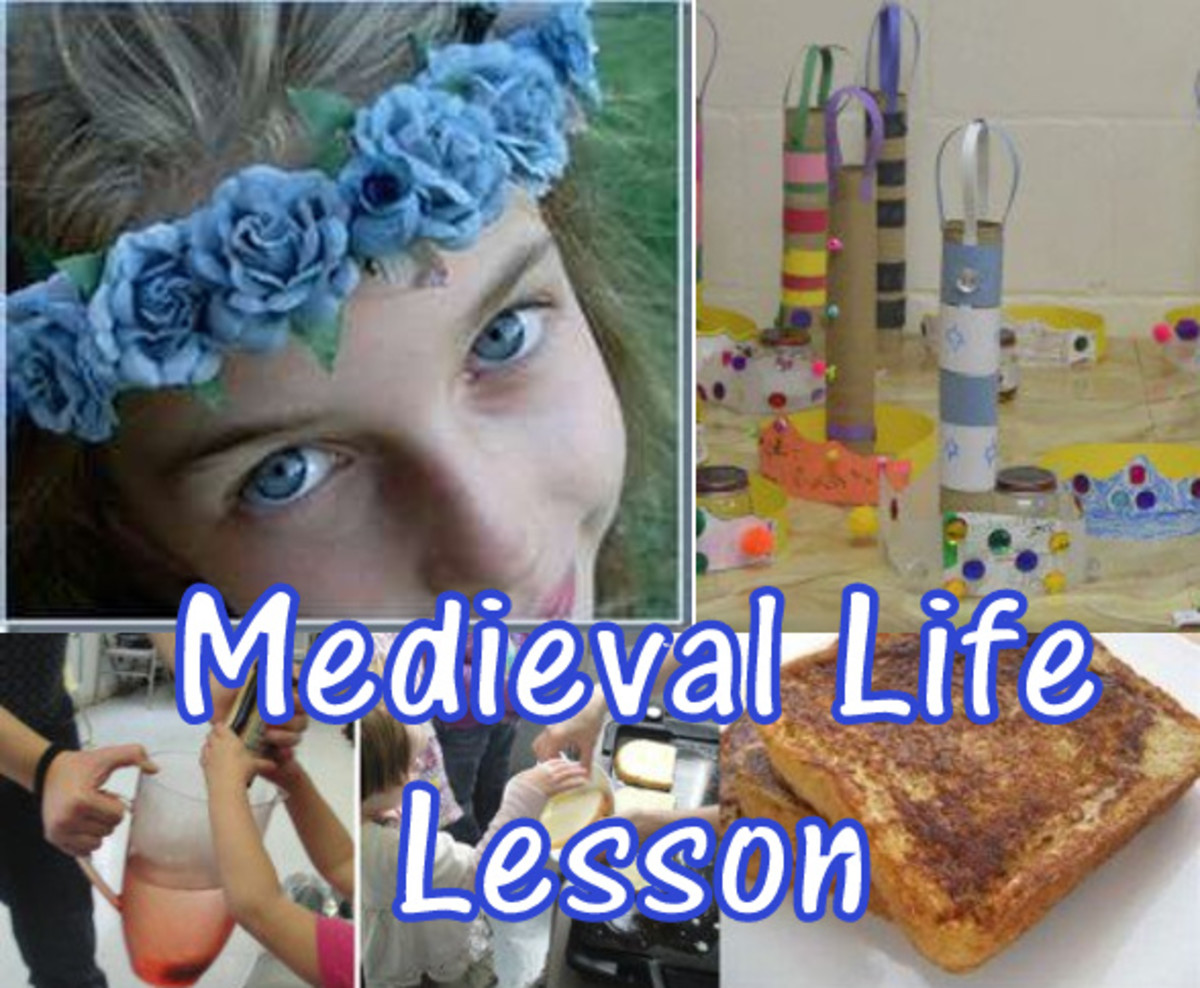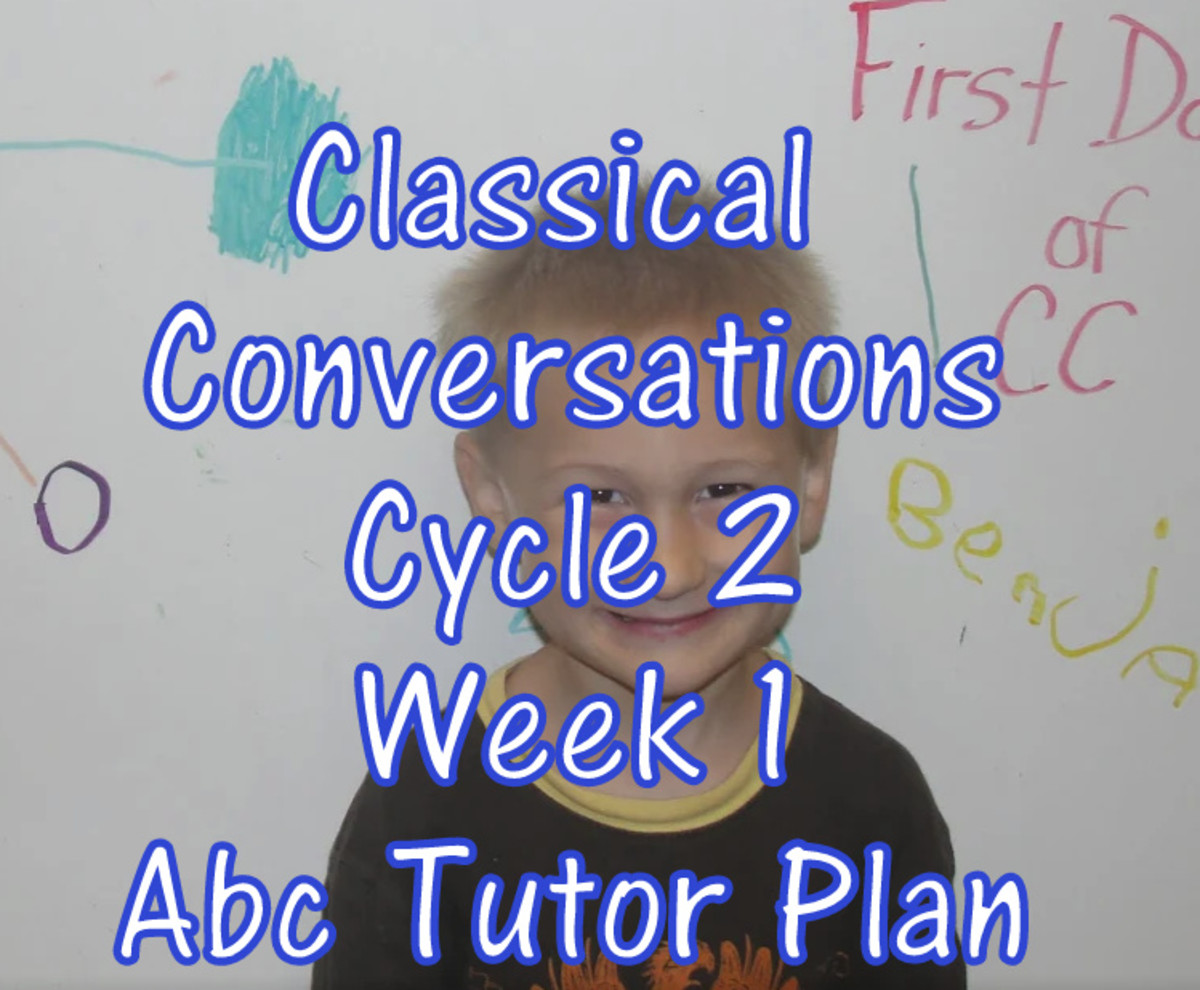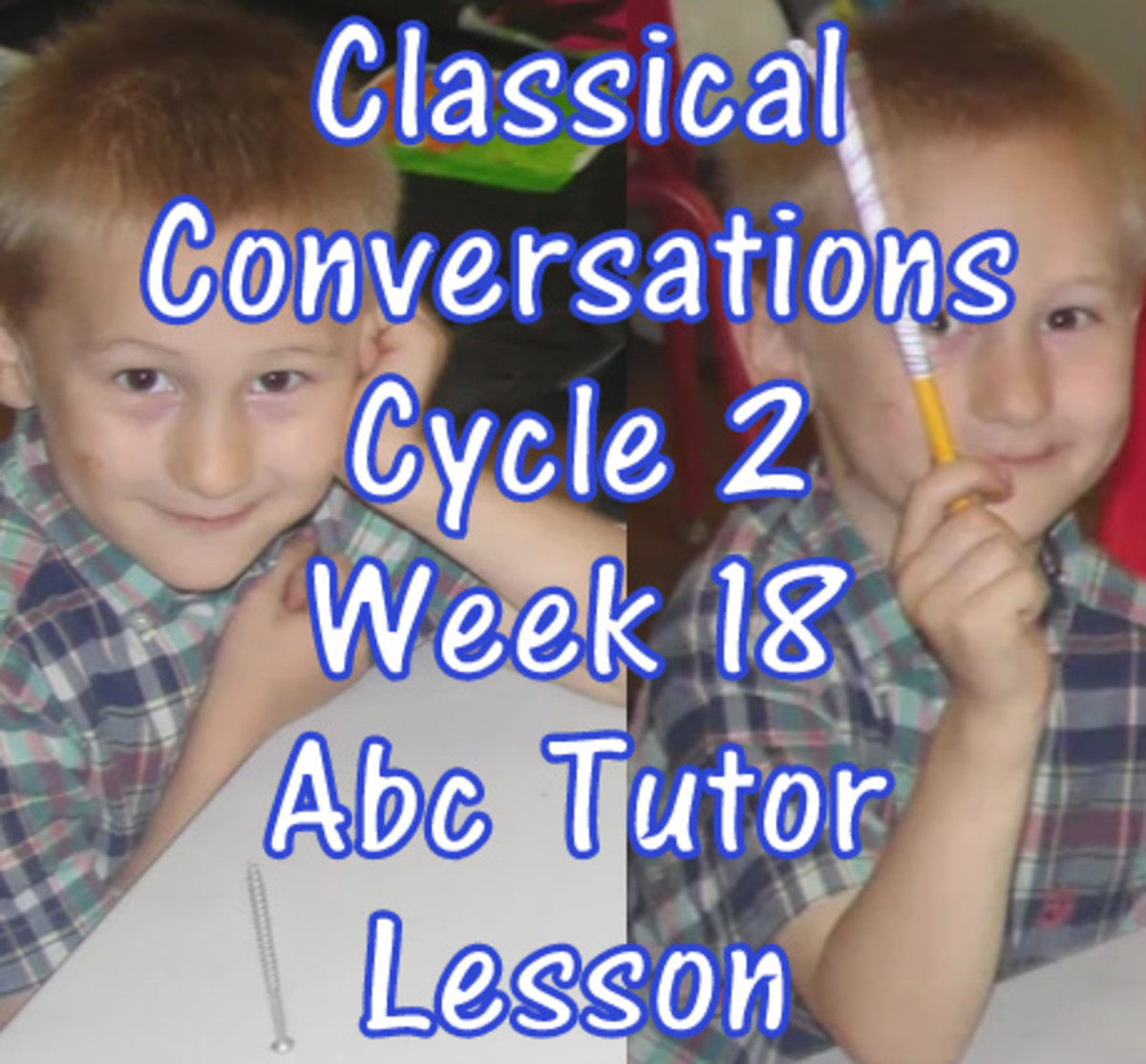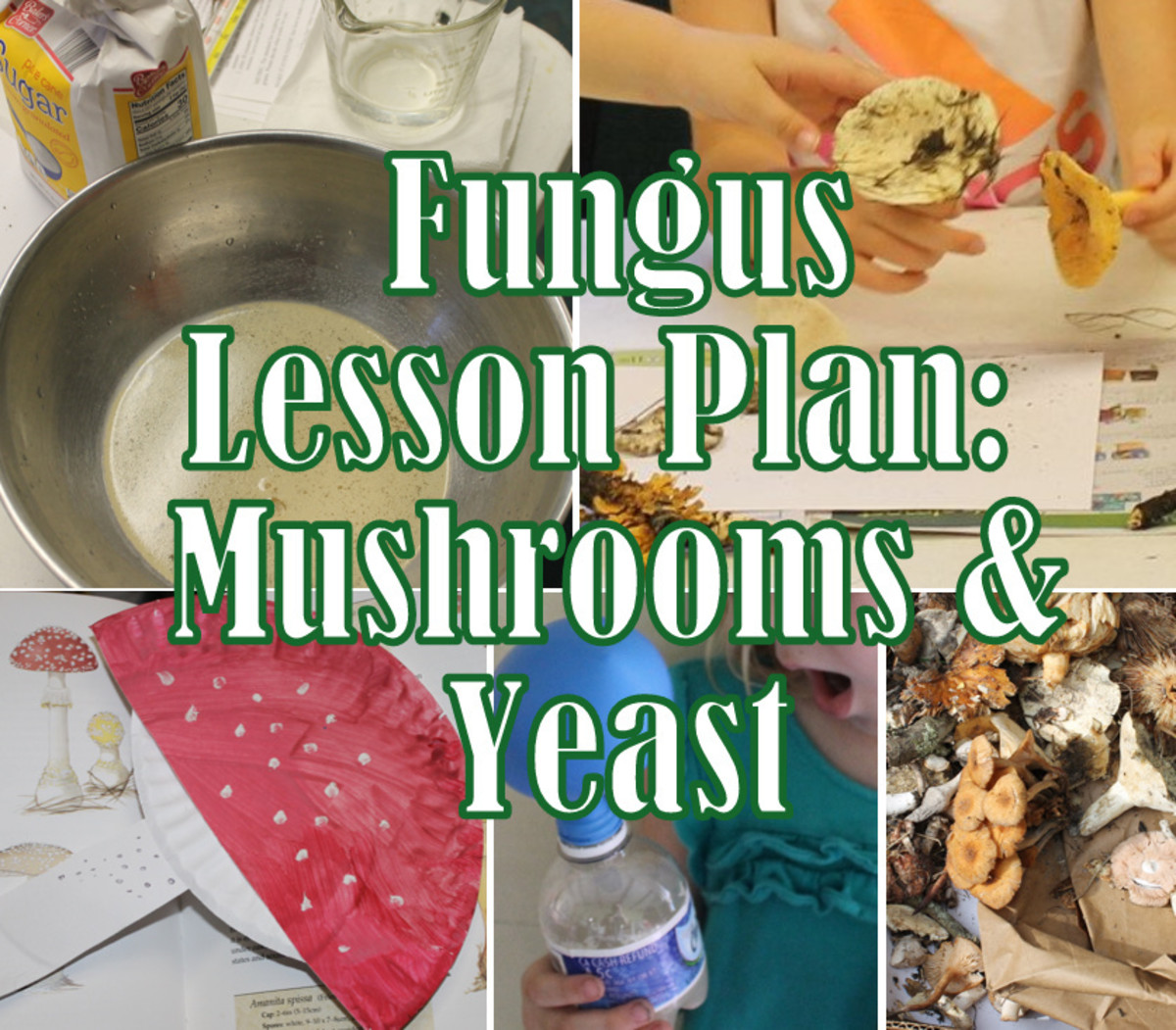- HubPages»
- Education and Science»
- Teaching»
- Lesson Plans
Teaching Poetry: Learning to Understand and Appreciate our Differences with Elementary Students
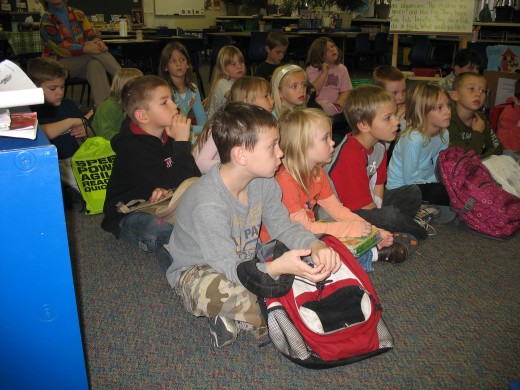
List Poetry
Many teachers shy away from teaching poetry. They mistakenly think that everything has to rhyme, contain deep meaning, or follow a complicated formula; however, poetry can take many, uncomplicated forms with one such form being List Poetry. List Poems are simply lists of words or phrases that are all related to an overall topic, so it’s the topic or main idea that connects them together. They don’t have to rhyme, although they can, if that’s what you want.
If students have very little experience with poetry, a great strategy to start with is Magnetic Poems (adapted from Gillespie, 2010), which incorporates the elements of List Poetry. In addition to gaining the literacy benefits of this strategy which are described in the next section, elementary students will begin to learn and understand the differences between themselves and their classmates, thereby leading them to a deeper appreciation and tolerance for people unlike themselves, which is a terrific skill that they can apply to their future workplace.
Literacy Benefits
List poems have many inherent benefits for teaching literacy to elementary students. They use very few words for getting meaning across to students. They are great for vocabulary building since the words relate to a topic, main idea, or category; students will build conceptual relationships through the words. Since List Poems use very few words, they lend themselves well to enhancing student sight reading and writing. Another great thing about List Poetry that is also inherent in all poetry is that it’s not genre-fixed, meaning, poetry includes all the literary genres of fiction and nonfiction, so from working with poetry, students can also learn about certain types of text.
Making Preparations for Teaching Magnetic Poems
To prepare for teaching the literacy strategy of Magnetic Poems, the teacher creates an example for modeling or showing the elementary students so that they are very clear on what the expectations will be for the outcome of the strategy. Appendix A is an example of the finished product of the strategy. The teacher predetermines the teams that students will be working in for this present strategy as well as for future, collaborative literacy-based projects, making sure each team has a diverse mix of students in regards to academic ability, language, race, and gender, so that students can draw from each other’s strengths, and for learning about differences among diverse groups of students. Teams of four students each work best.
Model and Teach
This strategy will only take about 30-45 minutes to teach, depending on the age level of elementary students. Begin by explaining to the students that we all have differences, and that sometimes we become impatient, intolerant, and even rude to others who may be different from ourselves just because they aren’t like us, or like the same things we do. We may even go so far as to put down the things that they do like in order to make what we like more important. This can cause hurt feelings, feelings of not belonging, and feelings of not being important. Tell them that they’re going to do a sharing and writing activity that will help them to gain understanding about each other. Have each student prepare a paper with his name on it, the title of the strategy, and two columns, with the left side labeled “Things That Attract Me,” and the right side, “Things That Repel Me.”
Put students into predetermined teams. Engage them into a brief discussion by using The Ten Second Rule (see Weih, 2016) in which they talk to each other for about ten seconds about what they remember about magnets. Walk around the teams listening in on their conversation. If it appears they understand what magnets are and what they do, then move on to teach the strategy, but if not, then stop and give them some information about magnets making sure to emphasize their polarity and ability to either attract or repel other magnets.
Next, show them the model example of the end product of the strategy that you have either premade or use the example in Appendix A. Explain to students about what a Magnetic Poem is and that from completing this strategy, they will gain a deeper appreciation and tolerance for each other’s differences. Tell students that they are first going to think and write without sharing about five or six items for each side of their Magnetic Poem, and then after a few minutes, they are going to share their poems with each other in their teams. Explain to students that it’s important to be very specific about the items that they choose, for example, rather than writing “dogs,” they should write a specific breed of dog, such as “toy poodle,” or rather than writing “pizza,” they should write “pepperoni pizza,” and so on. This way it’s easier to determine the specific differences they might have when sharing the poems with their teammates. Have students think and write their Poems as you walk around as students are working to answer any questions and to make sure they’re doing the strategy correctly. When it looks like most students have at least five or six items for each category of their Magnetic Poem, give them a one-minute warning to finish up the last item they’re working on. Finally, have students share their poems with each other within their teams. Allow them to make edits and revisions to their poems as they want to.
Publish the Poems
The written poems that the students created could be taken a step further by publishing them, or sharing them outside of the classroom with the school or community. As students share their Magnetic Poems with each other, it becomes quite natural that many will want to add, subtract, or somehow change the content of their poems; this is known as the revising phase of the writing process. Many will also be intrinsically motivated to correct spelling or other mechanical mistakes; this is known as the editing phase of the writing process. Once this has been allowed to happen naturally, the teacher should motivate the students to create a decorative rendition of their poem by telling the students that their poems are too interesting to keep them all to ourselves and that we should share these with people outside of our classroom. Have a predetermined location decided upon such as the school library, community library, school lunch room, school hallway, or a local business where the poems could be on display. Next, handout poster paper along with markers, colored pencils, crayons or whatever you think the students will want for preparing the Magnetic Poems for display.
Assessing and Evaluating Students’ Work
It’s very important that teachers assess and evaluate students WHILE they’re actually doing the work for the strategy for the sake of helping them and reteaching on the spot as necessary and to keep students from getting off-track, getting confused, and becoming frustrated with each other.
Modifications for Students with Special Needs
It is crucial that students be placed into diverse teams so that they can draw from each other’s strengths. Additional accommodations can be made for students with special needs such as the following:
- Give students a pre-made chart or worksheet rather than having them make their own in which they simply fill in their answers.
- Instead of students thinking totally from scratch to come up with the items for the poems, the teacher could lead them with a brain-storming, whole class activity and record a large list of items on the classroom screen that students could then pick and choose which ones apply to them.
- Students may get lost in the directions for completing the poems, so pre-printed directions could be passed out to them.
Additional Benefits for Students
The strategy of Magnetic Poems holds many benefits for students. Inherent in the student engagement of thinking, writing, reading, and discussing the content of the poems is the potential for students to increase their understandings, tolerance, and respect for the differences between themselves. This new found knowledge can lead to students developing common, shared points of interest from which they will be able to talk with each other about, thereby building social language skills. As students talk with each other, they will gain a sense of comfort that can lead to a deeper sense of seeing their classroom as a community in which they all belong. Moreover, they have learned to work together for a common goal and the collaborative skills that they acquired can now be transferred into more tasks requiring them to work together as a team.
Finally, if teachers decide to take the poems to the next step of publishing, students will become fully immersed into the writing processes of planning, drafting, revising, editing, and publishing, which can be extremely rewarding for the students. Moreover, Magnetic Poems could also be taught in conjunction with a science unit covering magnets for the sake of content enrichment.
References
Gillespie, J. S. (2010). Sharing summer reading establishes community in the classroom. Middle School Journal, 41(5).
Weih, T. G. (2016). Discussion strategies for the inclusion of all students. ERIC: Institute of Education Sciences (ED561060).
© 2016 Timothy G. Weih, Ph. D.
University of Northern Iowa, USA
Appendix A. Model Example of the Strategy
Magnetic Poem
Attract Me (Left side of paper)
- Chocolate ice cream
- Marvel Comics
- Football
- Fishing
Repel Me (Right side of paper)
- Horror movies
- Spiders
- Onions
- News programs





